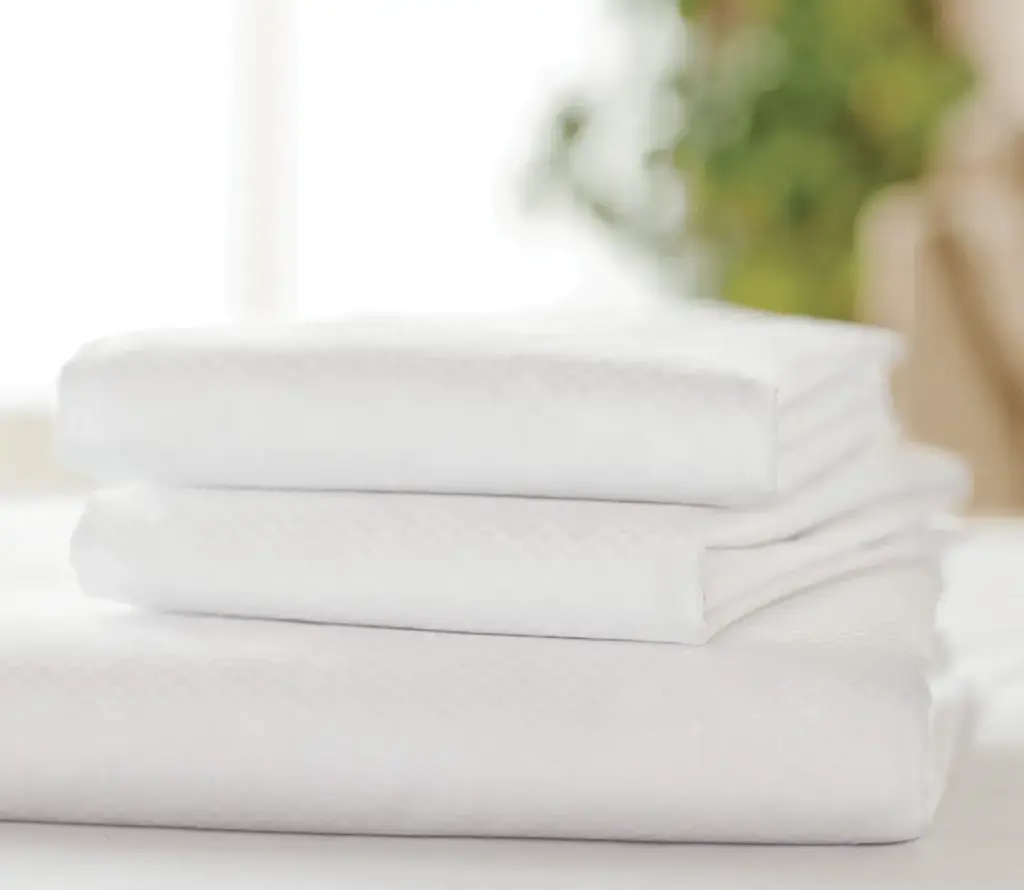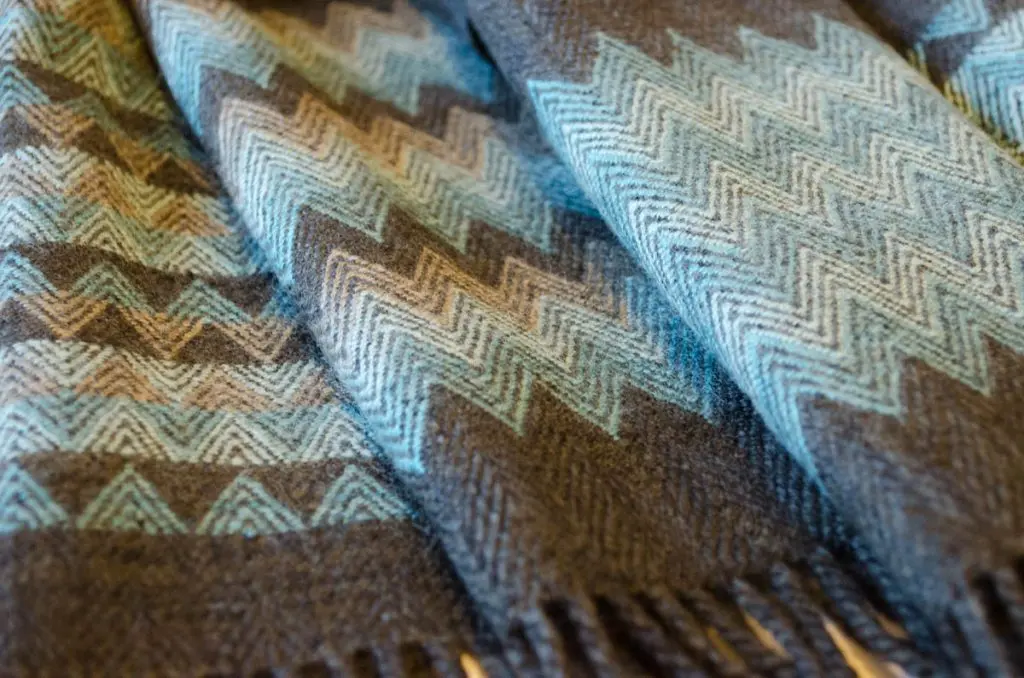Twill is a type of textile weave that is widely recognized for its diagonal rib pattern, durability, and versatility. It is one of the three fundamental types of weaves, alongside plain weave and satin weave. Commonly used in both apparel and home textiles, twill offers a distinctive look and enhanced functionality, making it a popular choice for manufacturers and designers alike.
Understanding the Twill Weave Structure
Twill is characterized by a diagonal pattern created by passing the weft (horizontal) thread over one or more warp (vertical) threads, then under two or more warp threads, in a consistent pattern. This offset pattern results in a diagonal ridge, which gives twill fabrics their unique appearance.
The most common variation is the 2/1 twill, where the weft goes over two threads and under one. Another is 3/1 twill, often used in denim. The direction of the diagonal can be either right-hand (Z-twill) or left-hand (S-twill), depending on the loom setup.
Key Properties of Twill
- Durability: Due to the tight interlacing of yarns, twill fabrics tend to be stronger and more resistant to wear and tear than plain weaves.
- Drape and Texture: Twill drapes well, has a soft hand-feel, and exhibits a slightly textured surface.
- Stain Resistance: The diagonal pattern helps conceal stains and dirt, which is why twill is often used in workwear and uniforms.
- Breathability: While thicker than plain weave fabrics, twill can still maintain good breathability depending on the fiber content.
Common Applications

Twill is used in a wide range of textile products, both in fashion and home furnishings:
- Apparel: Denim jeans, chinos, trench coats, and tailored suits frequently feature twill weaves due to their durability and structure.
- Home Textiles: Twill is also used in bedsheets, duvet covers, pillowcases, and upholstery fabrics, where its soft hand-feel and elegant appearance add to the user experience.
- Industrial Use: Thanks to its strength, twill is often employed in heavy-duty fabrics for utility purposes, including bags, aprons, and protective gear.
Twill vs. Other Weaves
| Feature | Twill | Plain Weave | Satin Weave |
|---|---|---|---|
| Appearance | Diagonal rib | Flat, even texture | Smooth, glossy front |
| Durability | High | Medium | Low to Medium |
| Wrinkle Resistance | Moderate to high | Low | Low |
| Common Uses | Apparel, bedding | Shirts, curtains | Formalwear, bedding |
Conclusion
Twill stands out as a premium weaving method that balances aesthetics with performance. Its diagonal structure offers a blend of strength, flexibility, and sophistication that makes it ideal for a variety of end uses. Whether for B2B sourcing or product development, understanding twill is essential for making informed textile decisions.


Leave a Reply